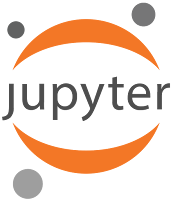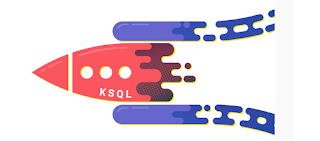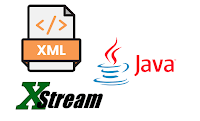Jupyter Notebooks

Jupyter Notebooks are very popular in the Big Data / Data Science field. Notebooks are a great tool for discovery it allows us to have interactive code and abstract the runtime environment. Notebooks are sharable and are cool not only on the Big Data / Data Science landscape but also for anyone who wants to write better documentation, have better code examples for your consumers, or even just to learn pretty much anything. Jupyter notebooks are written in Python however is possible to install other Kernels for other languages like Java, Kotlin, Scala, Groovy, Go, Rust, and many more. Github knows how to read Jupiter notebook files and provides great visualization for you. So today I made a short video showing some Jupyter capabilities across multiples kernels.











